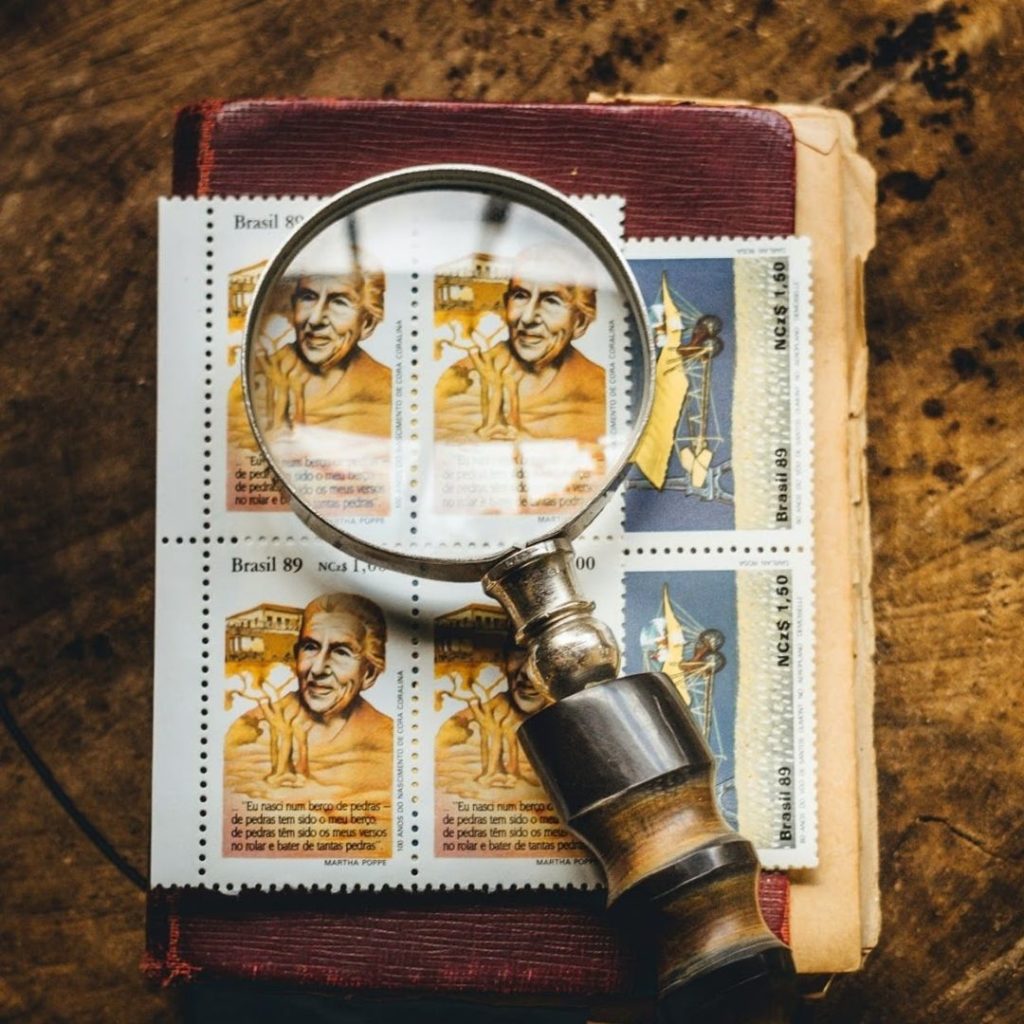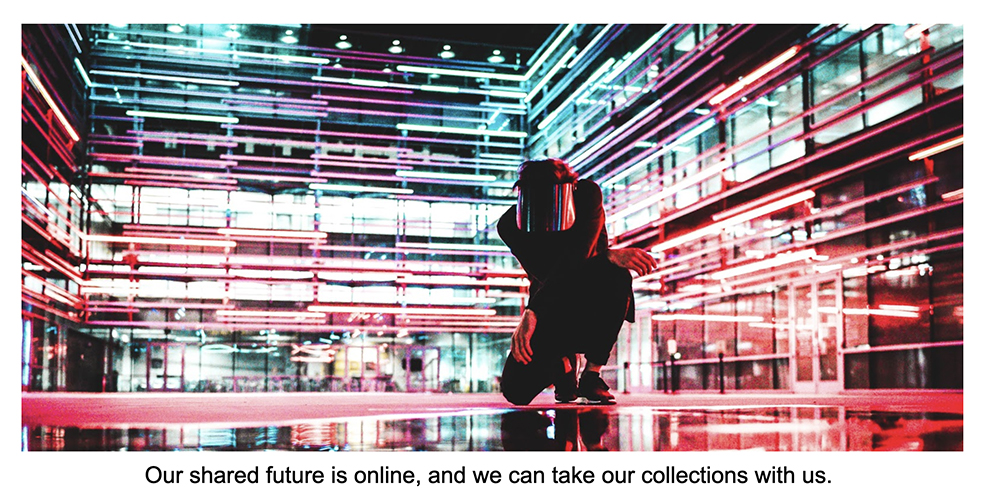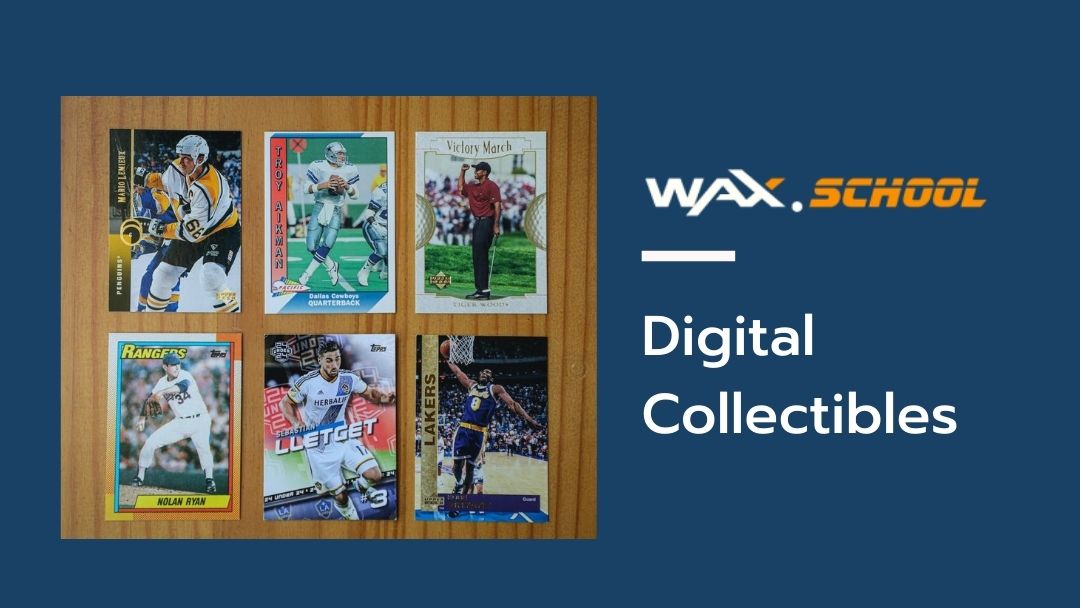The desire to collect rare and unusual objects is not a new one, nor even one held exclusively by humans. The bowerbird, for example, constructs elaborate structures which it decorates with brightly coloured objects as a mating display. But where the bowerbirds’ collections tend to reflect fixed and innate biases of each species, our drive to collect as humans evolves constantly, under the influence of societal and technological change.
Scarcity in the digital era
Historically, much of the allure of collectibles and memorabilia came from either their rarity, or their association with notable people or events. Verifiable rarity contributes hugely to the perceived value of an item in two ways: personal investment – where the surety that your collectible is unique to you is the ultimate motivation for collectors – and financial motivations – where rarity is seen as an investment opportunity providing a hedge against inflation.
The same set of criteria broadly apply in the case of collectibles which are associated with a notable person or event: it must be reliably ascertained that the collectible actually is what it claims to be for it to have any value.
The significance of verifiable rarity in the world of collectibles carries with it a multitude of associated difficulties, chief among them being fraudulent items. In the art world, for example, there is a constant arms race wherein the forger constantly refines their own practice to outwit the art expert, who must constantly update their methodologies to thwart the forger. In the physical realm, there is such a bias in the favour of the qualitative, and such difficulties associated with verifying the quantitative, that it is unlikely that an all-encompassing minimum standard of authenticity will ever be created.

With collectibles that are issued digitally, there is finally a solution to this problem. With a collectible issued on a blockchain such as WAX – the Worldwide Asset eXchange – a finite and transparent amount of collectibles can be issued. Each individual collectible can have data stored about it on the blockchain, which can be seen by anyone but cannot be changed. This could include proof of authenticity, date of issue, rarity, and a detailed log of the items trade and ownership history. With this data so available and unalterable, the risks associated with trading collectibles are completely eliminated. Verification of authenticity and ownership is performed automatically, with no need for the participation of a third party.
For an example of this in action, we must look no further than WAX’s collaboration with Topps in issuing their classic Garbage Pail Kids trading cards on the WAX blockchain. This series of cards is segmented into 4 categories of rarity, with the proportional representation of each rarity among the whole clearly stated. Collectors can trade these cards, and display their collections for others to see. The original run of packs sold out in just 28 hours, but in the aftermath of this, we see that a secondary marketplace has arisen, where a thriving community of fans and collectors trade and display their cards. In a marketplace such as this, we can see the revolutionary effects of blockchain support on the collectibles market. Transfers are automatically completed and authenticated, and with every trade being recorded and made visible to all. Blockchain technology has long left the world of theory behind it, and is at this very moment creating new communities and opportunities for business and fans alike.

How do we fulfil the desire for unique items in an age of infinite replication?
As we travel deeper into the digital age, so too does our interaction with the media and events which have traditionally driven much of the human desire to collect.
The album, for example, with its rare pressings, first editions, and international versions, now exists in a globally uniform manifestation, infinitely accessible in a guaranteed form via streaming and download. Will this shift result in a total homogenisation of product and lack of uniqueness, and with it, the removal of an avenue for fans to feel a deeper connection with artists?
As sports events are increasingly streamed worldwide, and watched via pay-per-view, will the lack of opportunity for fans to accrue physical memorabilia from the event, such as tickets and merchandise, result in a less engaged fanbase for these sports?
Not necessarily. Digital collectibles can offset the reduction in the creation of some forms of physical memorabilia, as well as the loss in variety seen by others.
Unique collectibles issued upon purchase of a pay-per-view event provide a greater incentive for fan engagement, and with the purchase of the event able to be verified by smart contract, the item’s authenticity is guaranteed. Now, the very possession of the collectible satisfies not only the innate human desire to collect memorabilia, but integration with social media will allow people to publicly display their loyalty to a specific team or individual, or prove their attendance at a notable event. Further to this, if the collectibles which are issued were to vary in rarity, we would see the potential for a secondary marketplace to develop, which would be free from any doubts over authenticity or ownership.
In the world of the music business, we can again imagine a collectible issued upon attendance of an event. This could not only again provide fans with a chance to display their loyalty, but artists could offer rewards based on the accumulation of a certain amount of collectibles. Fans could be offered exclusive music or artwork downloads, alternative versions of songs, or even meet and greets with the artist, based on a tiered system of concert attendance or merchandise purchase, with each transaction being represented by the possession of a collectible. As the collectible would be issued on blockchain technology, the complete transparency and immutability of the ownership record would reward legitimate interaction only, and prevent the system being exploited.
Opportunities and Capitalisation
The growth potential for digital collectibles in these markets is remarkable. The global collectibles market is estimated to be worth nearly $400 billion, and of the approximately 200 million collectors worldwide, 1 in 3 have owned or traded sports memorabilia. This creates a potential target market of 67 million collectors for sports collectibles alone. The decrease in creation of new rare and notable items caused by the growth of streaming will result in an inflation in the scarcity value of the current physical memorabilia which exists, due to the world of sports still continuing to generate notable events and personalities without a historically proportionate amount of physical mementos being created. The effect of this is that a huge number of casual or potential collectors will be unable to engage with the market, due to the increase in size of the associated costs, creating a large population of motivated consumers who are eager for the opportunity to participate. Digital collectibles can create this opportunity.
The music industry, in contrast, has already made steps in the direction of adopting digital collectibles. Having already successfully negotiated the switch to music streaming, earning $2 billion along the way, Warner Music Group has now begun to move its considerable heft towards the world of blockchain technology. In 2018 alone, Warner Music Group generated $4 billion from social media partnerships with Facebook and Instagram, in which the companies were given the ability to use images and music from Warner artists, so they are well aware of the value that their assets hold in the digital realm. They must be further aware that this value can be increased when combined with verifiable scarcity and uniqueness. To this end, no doubt, Warner Music Group has joined an $11 million investment in Dapper Labs, best known for making the blockchain game CryptoKitties. Warner Music Group, it seems, are well aware of the aforementioned lack of variety and collectability created by the shift to streaming, and are actively working to return the opportunity for fans to express their loyalty to, and build connections with, their favourite artists.

A new space for collectors and enthusiasts
It has been clear for some time that vast portions of our lives and selves have been migrating to digital spaces, but it has not been clear if we would retain the same ability to express ourselves and build meaningful connections with others and those we admire.
We know from history, and our own experiences, that the acquisition of rare and unique items is one significant way in which we have traditionally expressed aspects of ourselves. We can see in current developments that this expressive avenue is one that will be able to safely transition to the digital age. Blockchain is the key technology which will be crucial in both creating spaces and platforms for this expression, and creating security and trust for those who inhabit these spaces and use these platforms.

